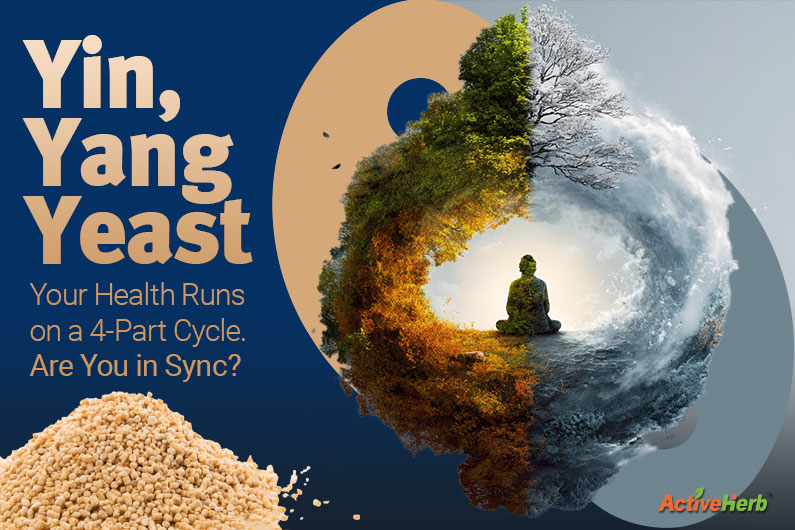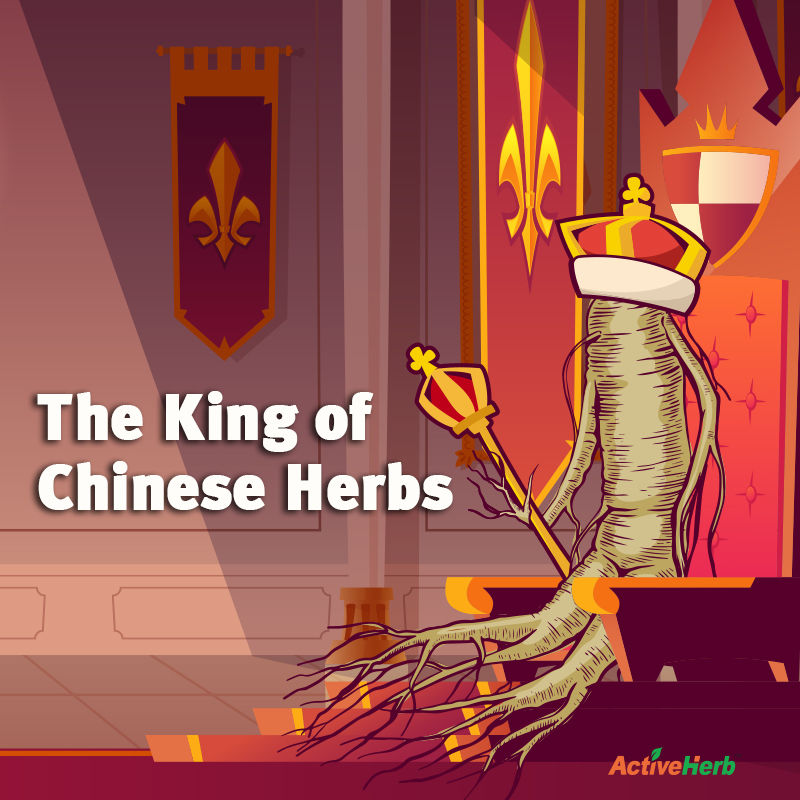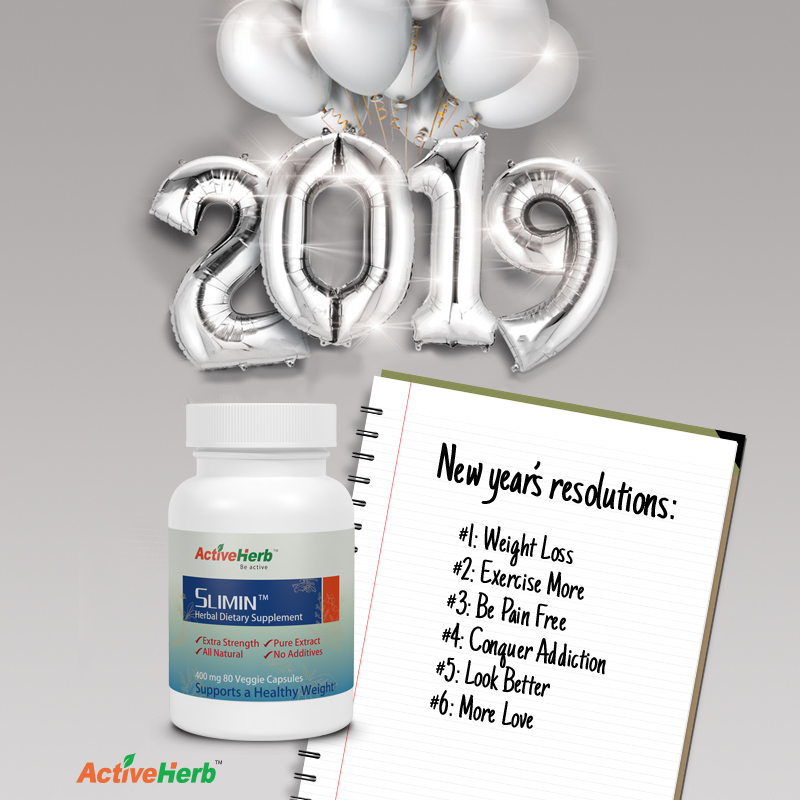What Yeast Metabolism Can Teach Us About Yin, Yang & Your Health

Your cells are smarter than your smart phone calendar.
Before humans ever charted time, our cells already knew the rhythm of rest, action, repair, and recovery. That same rhythm lies at the heart of Traditional Chinese Medicine (TCM). Now, a new study shows that even yeast cells follow a four-phase life cycle almost identical to TCM’s Four Symbols theory. What does that mean for you? That your best health may not come from doing more, but from syncing with the ancient rhythm already inside you.
Biology Meets Daoist Philosophy: A Cellular Case for TCM
According to the news website, SCMP, a team of researchers from the Chinese Academy of Sciences suggests that ancient Chinese medicine could help explain modern cell biology. How your cells manage energetic output seem to follow the same rules as Yin and Yang, the research concludes. In fact, the latest research on yeast metabolism demonstrates that our most fundamental biological rhythms operate by the same push-pull, rise-and-fall patterns that have guided TCM for thousands of years.
And no, this fascinating study on yeast isn’t about brewing beer or baking bread. Yeast is one of the most important model organisms used in biology. Studying its metabolic cycle—the way it generates and spends energy—helps scientists understand everything from how cancer cells grow to how long we might live. And now, this new research has found that yeast metabolism mirrors the si xiang (four-phase) cosmological rhythm at the heart of TCM.
What does this mean for your health? Possibly everything. Let’s take a closer look at what the research uncovered—and how it connects to the ancient principles of Chinese medicine.
Yeast, Yin-Yang, and the Four Phases of Life
At the heart of this research is a new way of looking at metabolism—not just as a process of energy in, energy out—but as a dynamic, repeating cycle that mirrors the ebb and flow of yin and yang.
Instead of the traditional three-phase model of yeast metabolism, the researchers identified four overlapping stages. Each stage is governed by mutual promotion and restraint. This follows the the TCM principle, “xiang sheng xiang ke.”
The four phases are:
- Phase 1A (Yang, “Summer”): The high-energy, active state. Yeast cells synthesize proteins and amino acids, similar to how we feel most alert and productive during the day. This is the “do” stage of the cycle—growth, movement, and outward expression dominate.
- Phase 1B (Yin, “Winter”): The resting, restorative phase. Here, the cells break down waste products and metabolize toxins. Think of it as the body’s sleep cycle—repair, reflection, and internal cleansing. This stage is essential for long-term vitality. This is the part of TCM that focuses on storing and conserving energy.
- Phase 2A (Rising Yang, “Spring”): The transition from stillness to activity. Energy begins to build as ribosomal RNA and regulatory molecules like AICAR prepare the cell for renewed action. In human terms, this is the morning stretch or the recovery phase after rest; it’s an ideal time for slow movement and nourishment.
- Phase 2B (Falling Yang, “Autumn”): Energy starts to wane. Yeast cells rely on stored nutrients and oxygen to generate ATP. It’s a moment of metabolic efficiency, drawing from previous stores rather than creating new ones. This phase mirrors late afternoon or early evening in the body, when we wind down and prepare for rest and Netflix binge watching.
A TCM Clinician’s Takeaway
For acupuncturists and herbalists, this four-part cycle should feel familiar. Essentially, it’s the si xiang (Four Symbols) model in action. The Four Symbols—Taiyin, Shaoyin, Taiyang, Shaoyang—represent a more refined categorization of Yin-Yang cycles in TCM (perhaps the topic of a future ActiveHerb.com article!), paralleling what this research has now observed on a cellular level.
This cycle also aligns with the Liver’s role in storing Blood and regulating the smooth flow of Qi, the Kidney’s governance of storage and dormancy, and the Spleen’s central role in transformation and transportation. All of this to suggest that metabolic health may be more cyclically programmed than previously thought. (TCM organs are capitalized to distinguish them from Western anatomical physical organs.)
What This Means For You: Ancient Patterns, Modern Health
So what does a yeast cell’s four-phase metabolic dance mean for a human being?
Plenty.
This research doesn’t just deepen our understanding of cellular metabolism. It offers a powerful metaphor—and possibly a blueprint—for living in better rhythm with our own energy cycles.
In TCM, illness arises when we push too hard in one direction. For example, too much yang without rest, or too much yin without stimulation. That’s exactly what the yeast study showed: when energy production (Yang) wasn’t balanced by repair and waste-clearing (Yin), cellular stress and dysfunction crept in.
Here’s how to apply this wisdom in everyday life:
- Don’t force yang when you’re in a yin phase. That means avoiding overstimulation at night, skipping the triple espresso when your body’s signaling rest, and respecting your downtime.
- Embrace your 2A phase. This is the moment after rest when you’re gathering energy. In TCM, it’s associated with Spring—a time to move gently, nourish the Liver, and begin building momentum. Eating warming foods, taking gentle walks, or starting the day with herbs that support Qi and Blood (like Dang Gui or Huang Qi) may help.
- Cycle your supplements or herbs. If you’re always taking stimulants or energy-boosting formulas, you might be stuck in a perpetual 1A phase. Your body may benefit more from a cyclical approach—boosting Yang when needed, but also supporting Yin and repair with herbs like Shu Di Huang or Mai Men Dong. (These are just some examples. For best results, consult with a licensed acupuncturist or herbalist.)
From Yeast to You: The Power of Rhythmic Living
This new model of yeast metabolism doesn’t just offer a geeky thrill for molecular cell biologists (like ActiveHerb.com’s co-founder, Sheldon Li, Ph.D.) It delivers a profound reminder that the principles of TCM are alive in every cell. Whether it’s a humble yeast or a human being, life thrives in cycles.
By aligning with your own internal phases—your personal 1A, 1B, 2A, and 2B—you’re not just honoring an ancient system. You’re following a universal blueprint for resilience, vitality, and balance. TCM has known this for over 2,000 years. Science is finally catching up.






